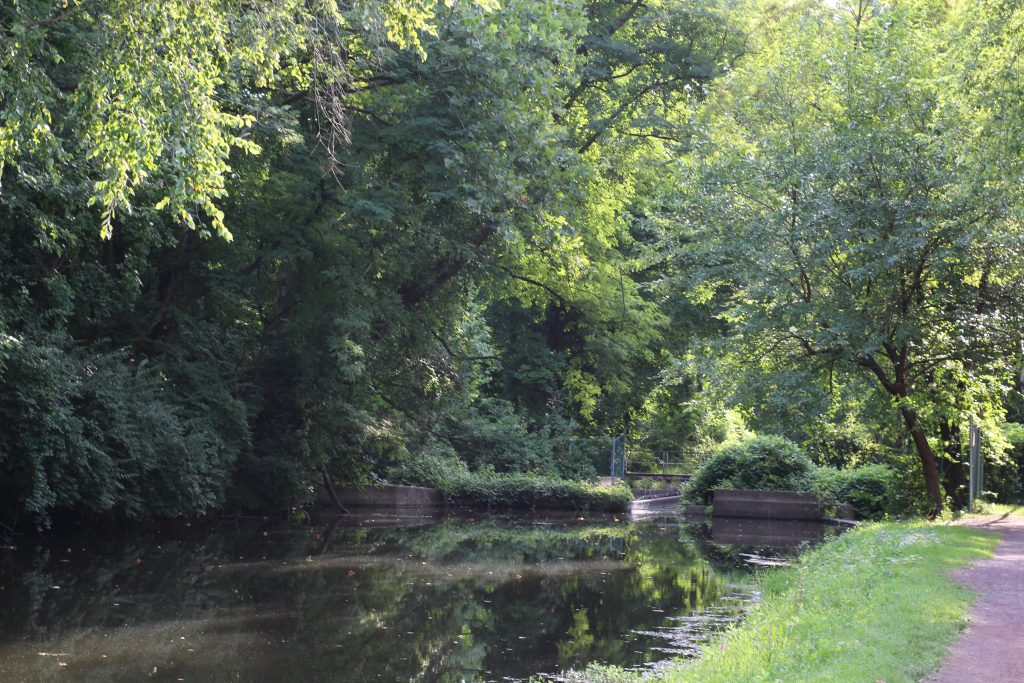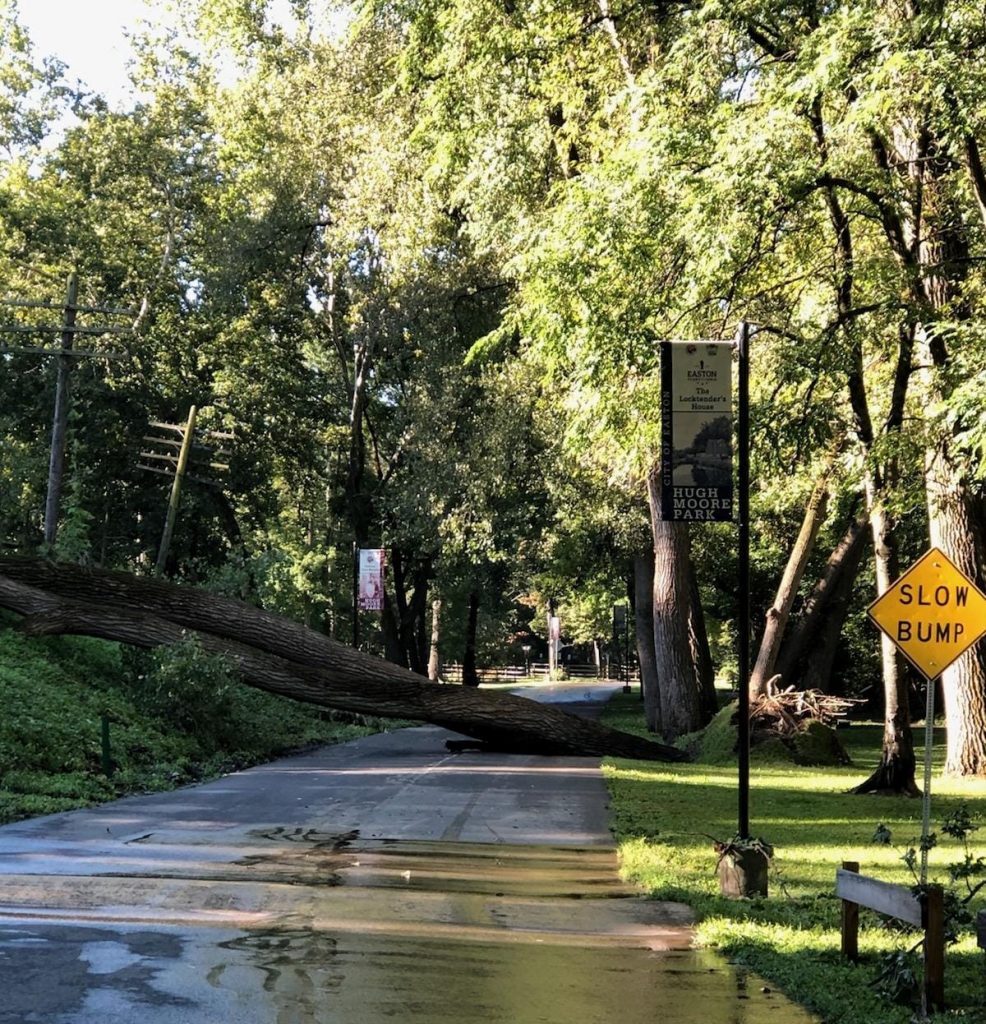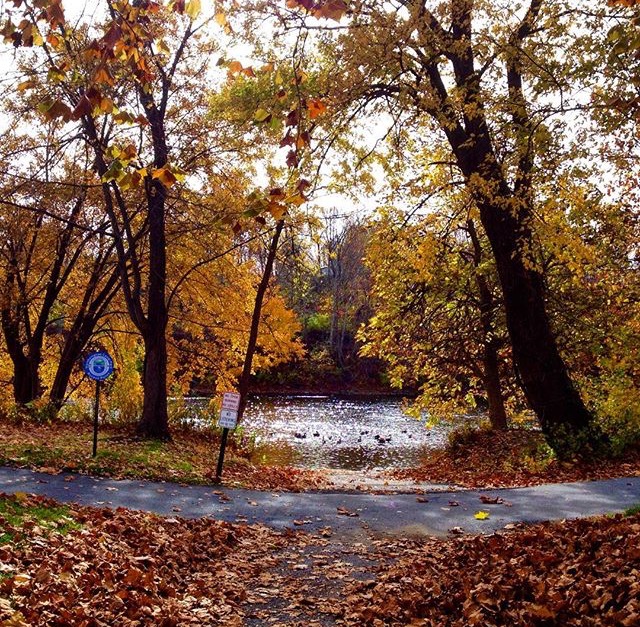The D&L Blog

by Kathleen Ward, D&L Conservation Coordinator
I love the trees that line the D&L Trail. They are the familiar and comforting trees of eastern Pennsylvania woods, with a mix of young and old. Sometimes the terrain allows for them to grow thick and shade me for long stretches as I bike. Wherever I go along the Trail, it is lined with maples, oaks, redbuds, pines and dogwoods. Every so often my eye will catch sight of a gorgeous tuliptree I just fall in love with. When I’m in my “hometown” stretch of the Anthracite region, I see lovely, delicate birches. And when I visit the Delaware Canal region, I find osage oranges, which is like discovering secret treasure.
Earlier this month in the Lehigh Valley region, a tall, mature cottonwood tree was brought down by the recent flooding of the Lehigh River and landed across the Trail. The City of Easton quickly cleared it, but my heart breaks when I drive by the cut-up pile of wood that was the cottonwood. I know that this tree was one of many mature trees recently lost whose canopy will take decades to replace.
As we repair the sections of the trail damaged by flood, we know that trees – while aesthetically pleasing – are important to the Trail’s infrastructure. Yes, damage to the Trail can happen from trees in some scenarios, but mature plantings along the Trail helped prevent catastrophic damage caused by most flooding.
In addition to holding our riverbanks in place and drinking up stormwater, trees reduce heat, filter out air pollution, store carbon, house wildlife and improve our mental and physical health. A recent New York Times article recently described mature trees as “stationary superheroes.”
Not only do trees shade us from heat – a cooling effect on its own – but trees also breathe out cool air on hot days. Through the process of “evapotranspiration,” trees absorb water from the ground and release it into the air in the form of cooling vapor. Researchers discovered that trees – like us – enjoy it around 70 degrees Fahrenheit and work to cool the ambient air around them.
So when you look at the trees along the D&L Trail, you may want to start viewing them as the valued infrastructure that they are, as well as appreciate their natural beauty.
But I won’t turn up my nose at the fall foliage watching! While I appreciate the air conditioning, the plumbing and the supportive structure that trees provide, I like the pretty colors too.
What’s your favorite tree or shady spot along the D&L Trail? Let us know in the comments below.
And to get out on a section of the Trail near you, visit: https://delawareandlehigh.org/explore-the-corridor/













